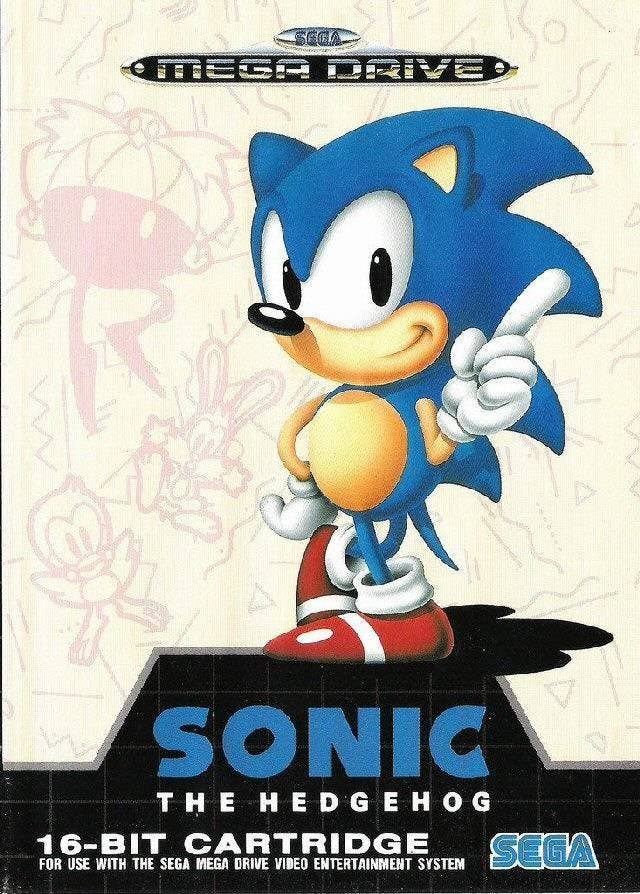Retrospective: Sonic the Hedgehog
Lord of the rings.
All lead from left to right, but the most entertaining of them take in different sights along the way, one spinning you over the top of a waterfall, another dropping you down behind it before shoving you right through a chunk of rock.
You're left, during early playthroughs at least, with a feeling that you're always missing something, but you're also left with a feeling that there's so much more to be discovered: that you should try the same stages again, making alternate high-speed choices, and heading to the right of the screen in a slightly different manner.
Speaking of differences, I replayed the first Sonic recently and was struck by how much the design mixes things up. Green Hill might be Sonic just as I always remember him - without the handy push-down starter boost that was only introduced later, mind - but subsequent zones offer a range of different challenges.
The Marble Zone swaps out pure speed for mazy undergrounds with blocks to push and switches to trigger, while the Labyrinth Zone opts for a little cartoon terror as, submerged, you race between one bubble of air and the next. Drowning: it's horrible.
Spring Yard, meanwhile, presents an early parody of everything Sonic would eventually become in the eyes of those who hate him: the pace of the game was wound right to the top, and control often got lost entirely, trailing behind Vegas glitz and a muddle of pinball bumpers.
Regardless of the design's flights and fancies, though, Sonic the Hedgehog offers plenty of iconic moments. There's that first, breathtaking loop-the-loop, that gloriously apt slowdown when Sonic loses his rings, and those endless boss fights against sweaty uncle Robotnik in his robustly non-aerodynamic craft.

My personal favourite, though, and the moment which really sums up the Sonic ethos for me, is whenever he picks up enough speed to carry him well off the right side of the screen. You panic, of course, because of spikes, because of pits, because of the crazy moment of blindness that's just erupted in the middle of a precision platformer.
But you feel that thrill, too: that thrill of a character so fast, so finely built for his specific adventure, that not even his own game can really hold him.
Then there's those walls you find you can ram through with a rumbling noise that appears to be coming from the very centre of the planet, brilliant chip-tunes - even if they did suggest that, somewhere, a Turkish game show contestant had just won a convertible Mazda - and the lovely, fretful business of freeing Chaos Emeralds from their spinning, shimmering, boiled-sweet Special Stages.
I may have returned to Mario as my main video game pal fairly quickly after playing through Sonic the Hedgehog, but not because Sonic couldn't show me a good time.
It was, amongst other things, because he was harder to draw, which matters if you're 11 and have schoolbooks to illustrate. I could rough out a decent Mario any day of the week, but Sonic tended to come out wrong, like an impish Fred Flintstone or - much, much worse - a cyberpunk Al Jolson in his horrible, wildly offensive make-up.
Sonic kind of blew it after a while for some of us, anyway. He struggled with 3D - although I didn't mind Adventures and Colours is actually a little bit brilliant - and even before that, his wretched, idiotic, toxic family had already started to expand.
Tails I can just about put up with, but Amy Rose, Big the Cat, and Knuckles belong buried deep in the mines of Deviantart.
Despite all that, Sonic remains the perfect example of SEGA's slick, sophisticated, early 1990s charms. He's a creature of his time, definitely, and a man of a certain moment. He's also the star of a handful of wonderful platformers, though, and an enduring icon of one of gaming's most creative rivalries.
